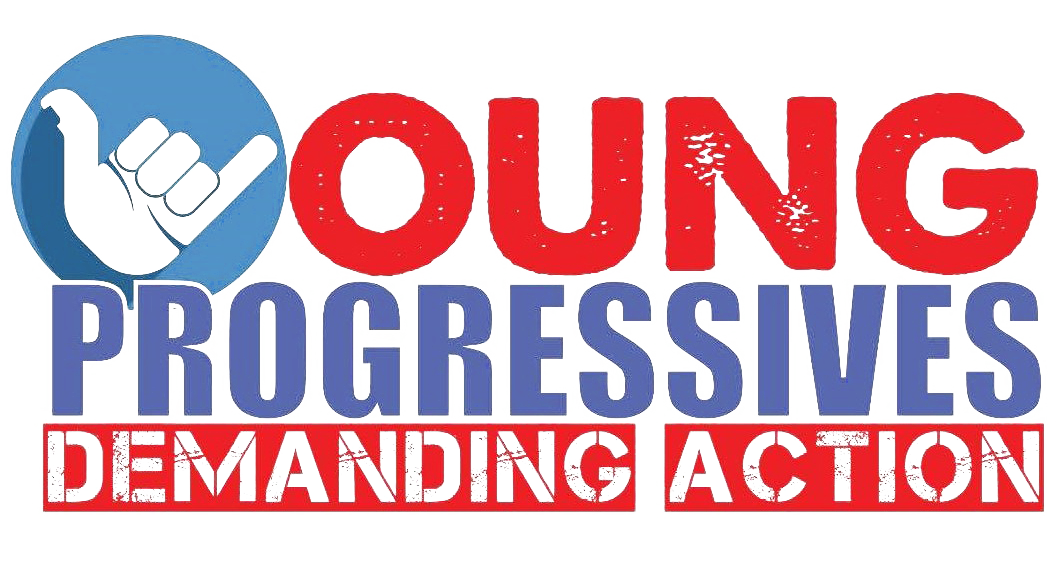It was with some amusement that I read Denby Fawcett’s recent piece on monster houses. Amusing because one of the houses cited in the article, and mentioned with disdain in the comments, was 1746 9th Avenue, briefly my home.
Not, mind you, as an owner—home ownership for me remains a daydream—but as a tenant. It is this fact that convinces me that monster house critics have no idea what they are talking about.
The main reason that the whole “character of the neighborhood” argument falls flat is this: Buildings are not the bulwark of culture or character. People are—or more specifically, communities. To be sure, buildings matter, but people matter more. There are happy neighborhoods in slums and miserable ones in California suburbs. There are beautiful, spacious single-family homes in Detroit in all but abandoned neighborhoods. The buildings are the same, but the character of the neighborhood is quite changed from the 1960s and ’70s.
What defines a place is the neighbor who always says “alohaaaaa” to the kids playing on his street no matter how bad his day at work was, like my childhood neighbor. Or the neighbor who always has the Saturday get-togethers with old timers playing cards late into the night on their lanai right across from condo towers, like the families in Salt Lake where I used to dog-sit for my brother. What defines a place is not buildings, but community.
Which brings us back to Hazlitt’s quote. Monster houses are not, as some seem to imagine, the dream home of some tasteless millionaire. They are a way to make cheap rentals, or perhaps a way for a family to split a mortgage.
Monster houses exist because people want to remain a part of the community that we call Hawaiʻi. Monster houses exist not because we have failed to protect single family homes, but because we have failed to make Hawaiʻi a place where locals can afford to live.
Critics of monster houses are not tilting their lances against some foul, all-powerful invading foreigner come to sweep away our way of life. They are railing against what is one of the few functioning models for affordable housing.
Now to be sure, monster houses are a terrible hack. They are not what affordable housing should look like. But they are one of the only successful models for it in Hawaiʻi. They exist because someone found a way to make a buck off building housing the people could afford. If individuals and families had better options, monster houses would cease to be profitable and so cease to be built.
By no means am I an advocate for monster houses. They are ugly and a nuisance. I think monster house critics and I want the same thing—to protect the character of Hawaiʻi neighborhoods.
But for me protecting the character of Hawaiʻi means making sure that Hawaiʻi is a place my siblings on the mainland could afford to return to and raise their families. Protecting the character of Hawaiʻi means making it a place where the people who make up the foundational experiences of our lives can remain in our lives. Not a place filled with “Historic Home” placards.
If Hawaiʻi were affordable, monster houses would not be profitable. It is as simple as that. And that means that the solution to monster houses is not more zoning or regulation. The solution is affordable housing.
